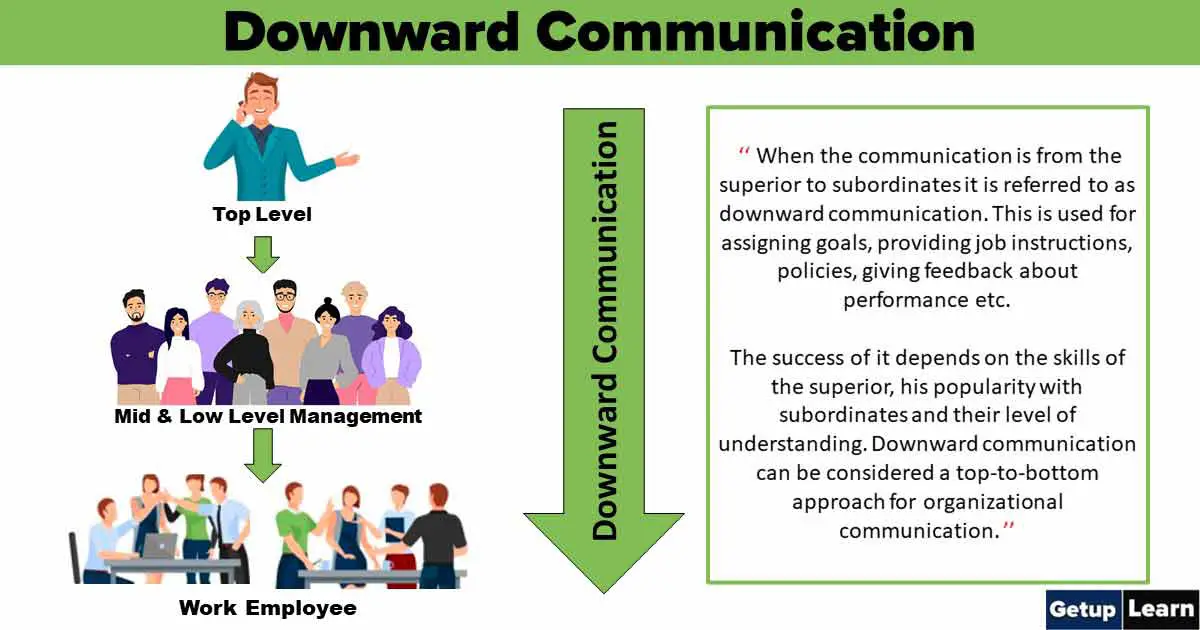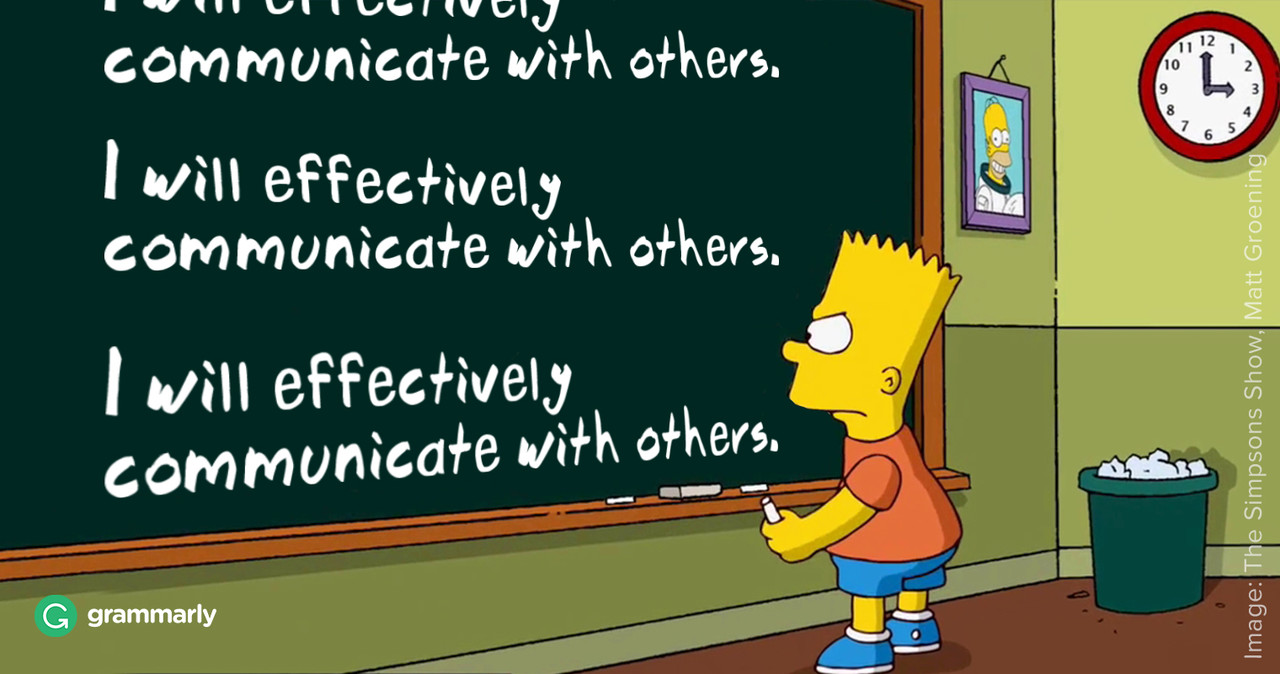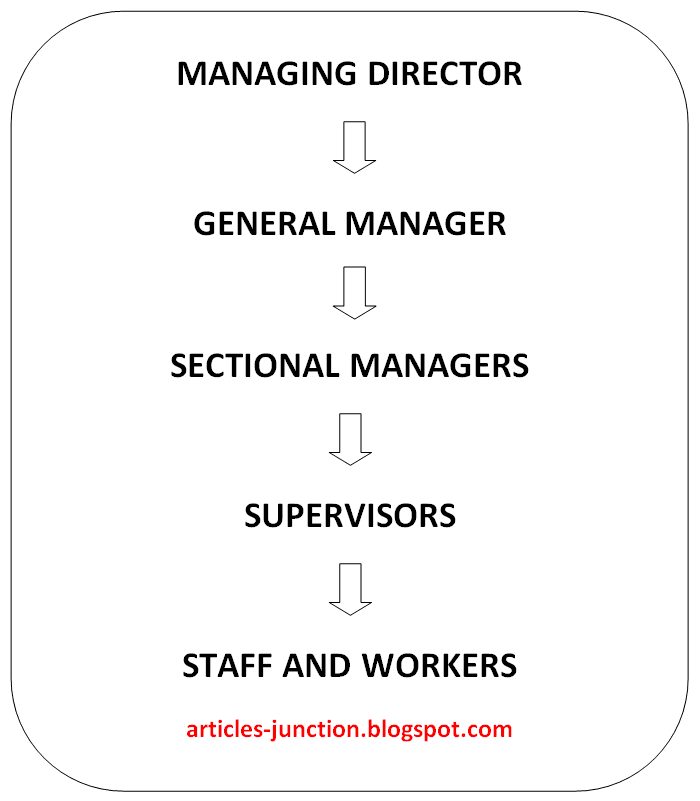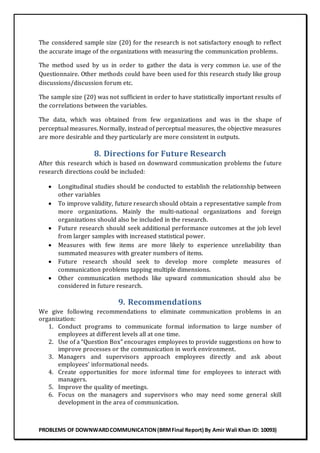Downward communication refers to the flow of information and messages from higher levels of an organization, such as managers and supervisors, to lower levels, such as employees. This type of communication is important for ensuring that employees are aware of company policies, goals, and expectations, as well as for providing them with the information they need to perform their jobs effectively. There are several methods of downward communication that organizations can use to effectively communicate with their employees.
One common method of downward communication is through face-to-face meetings and discussions. This can be an effective way for managers to communicate important information and for employees to ask questions and clarify any misunderstandings. Meetings can be held in a variety of formats, including one-on-one meetings, group meetings, and team meetings.
Another method of downward communication is through written communication, such as emails, memos, and newsletters. Written communication can be useful for providing employees with written documentation of important information, such as policies and procedures. However, it is important to ensure that written communication is clear and concise to avoid any misunderstandings.
Downward communication can also occur through the use of technology, such as through video conferencing, messaging apps, and other digital platforms. This can be an effective way for organizations to reach a large number of employees quickly and efficiently, particularly in the current remote work environment.
In addition to these formal methods of downward communication, informal communication, such as casual conversations and discussions, can also play a role in the flow of information within an organization. This type of communication can help to build strong relationships and foster a positive work culture.
Effective downward communication is essential for ensuring that employees are aware of and understand important information and expectations. It is also important for building trust and maintaining open lines of communication within an organization. By using a variety of methods, such as face-to-face meetings, written communication, and technology, organizations can effectively communicate with their employees and promote a positive and productive work environment.







